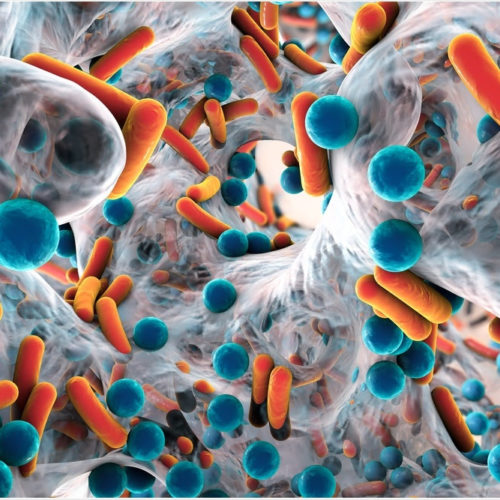Interview conducted by Emily Henderson, B.Sc. Professor Guillermo Montoya spoke to News-Medical on his research that involved visualizing the largest and most complex CRISPR system, which could have potential applications in biomedical diagnostics. What provoked your research into CRISPR? My interest in protein-DNA interactions and genome editing started a while ago when I collaborated with...
Tag: <span>genetic modification</span>
Ways to disrupt protein synthesis in Staphylococcus aureus found
Kazan Federal University continues to research Staphylococcus aureus, one of the most dangerous bacteria causing nosocomial infections. It is well known that many strains of Staphylococcus are resistant to antibiotics, and research groups around the world seek new targets in the bacteria to decrease their infectious potential. Head of KFU research group, Leading Research Associate...
New platform poised to be next generation of genetic medicines
July 16, 2018, City of Hope A City of Hope scientist has discovered a gene-editing technology that could efficiently and accurately correct the genetic defects that underlie certain diseases, positioning the new tool as the basis for the next generation of genetic therapies. City of Hope’s Saswati Chatterjee (left), Ph.D., discovered a gene-editing technology that...
Efficient genetic modification of immune cells
A new method enables genes in living T-cells in mice to be modified quickly and efficiently. It makes use of plasmids, a tried-and-tested method of genetic engineering. Researchers from the Department of Biomedicine at the University of Basel and University Hospital Basel reported these findings in the Journal of Immunology. Molecular biological methods such as CRISPR-Cas9...
From skin to brain: Stem cells without genetic modification
The top four images, from left to right, show Keratinocyte-derived neural crest stem cells turning into neurons as shown by typical neuronal morphology. The larger image, directly above, is a close-up of the far right image. A discovery, several years in the making, by a University at Buffalo research team has demonstrated that adult skin...
U.S. science advisory committee supports genetic modification of human embryos
Embryos could soon be edited—but there are some caveats. Ever since CRISPR—the relatively cheap and easy-to-use genome editing technique—made its way to the scientific stage, researchers have grappled with one of its biggest ethical quagmires: Its ability to edit human embryos, thereby potentially altering the DNA of subsequent generations. The question of whether to allow such a...

